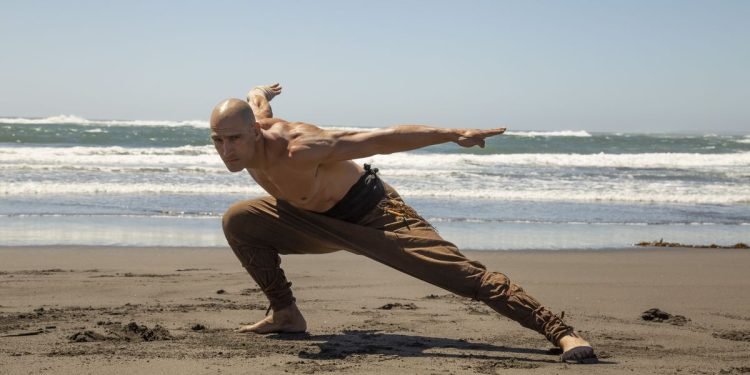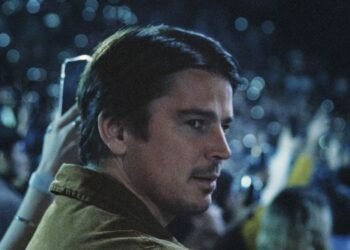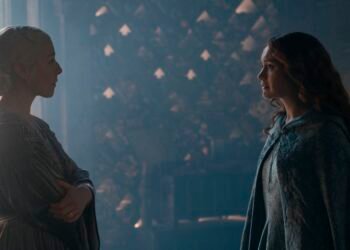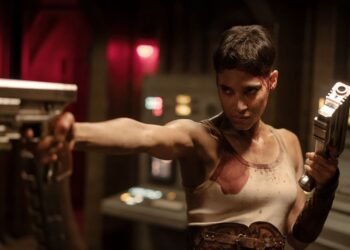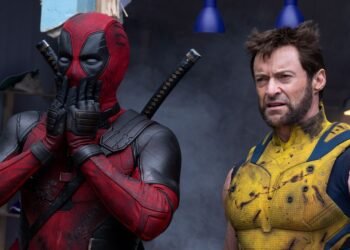John Wick: Chapter 4 treated audiences to a bevy of action legends. Many American viewers were likely already familiar with Donnie Yen and Hiroyuki Sanada, and those slightly entrenched in the world of action movies probably at least knew of Scott Adkins. But the guest appearance that got me the most amped up was Chilean martial artist Marko Zaror.
A onetime stuntman for Dwayne “The Rock” Johnson, Zaror has since emerged as one of the most dynamic under-the-radar action stars working today. I was first introduced to Zaror in the terrific Undisputed 3: Redemption, his first acting appearance in an American film. In the threequel, Zaror plays an antagonist to Adkins’ iconic Yuri Boyka, culminating in one of the most breathtaking and impressive fight scenes ever filmed.
Zaror has shown up in a few other American films: He was a villain in Machete Kills, starred opposite Adkins again in Savage Dog, and could be seen briefly as one of the motorball athletes in Alita: Battle Angel.
But John Wick: Chapter 4 is by far the biggest exposure American audiences have had to Zaror yet, and it’s great timing — he has a new movie out, The Fist of the Condor, and it rules.
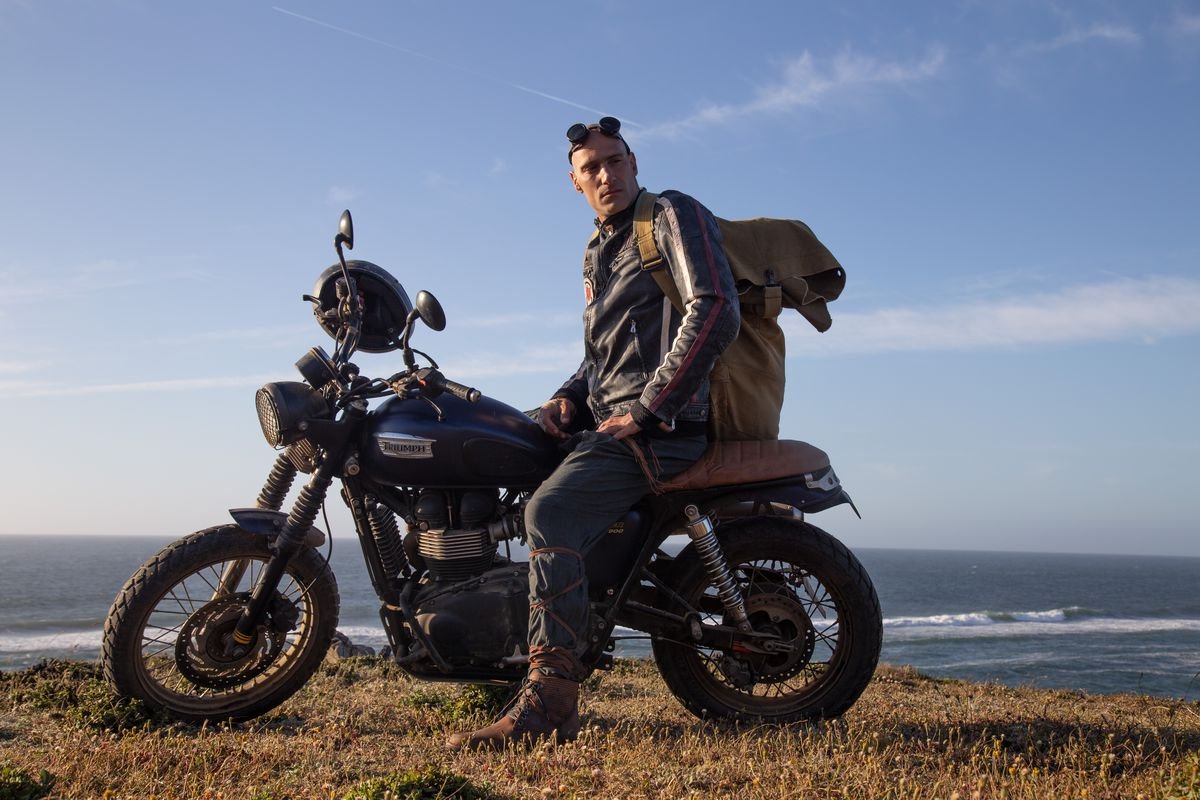
Image: Well Go USA Entertainment
Fist of the Condor is 85 minutes of old-school martial arts drama. Director Ernesto Díaz Espinoza, who previously collaborated with Zaror on Kiltro, Mandrill, and the revenge movie Redeemer, takes heavy influence from the Hong Kong films of the 1960s and ’70s (rather than the ’80s/’90s era we more often see imitated these days). Zaror co-produced the movie, stars in two roles, and also choreographed the movie’s breathtaking fight sequences.
In the film, the Fist of the Condor is described as a powerful, gravity-defying ancient martial art with roots back to the Inca, used to fight against the Spanish conquistadors. Those moves have been passed down in the form of a book through generations of warriors with honest hearts. The main conflict of the movie is between twin brothers (both played by Zaror): one who has obtained the book, and one, betrayed by his brother, who seeks it.
Fist of the Condor looks great, especially on a modest budget. Espinoza and cinematographers Nicolás Ibieta and Benjamín Luna Vaccarezza make the most of the gorgeous landscape of Chile, with beautiful shots of wide-open mountains and jaw-dropping fights on beaches next to crashing waves or in a lush forest.
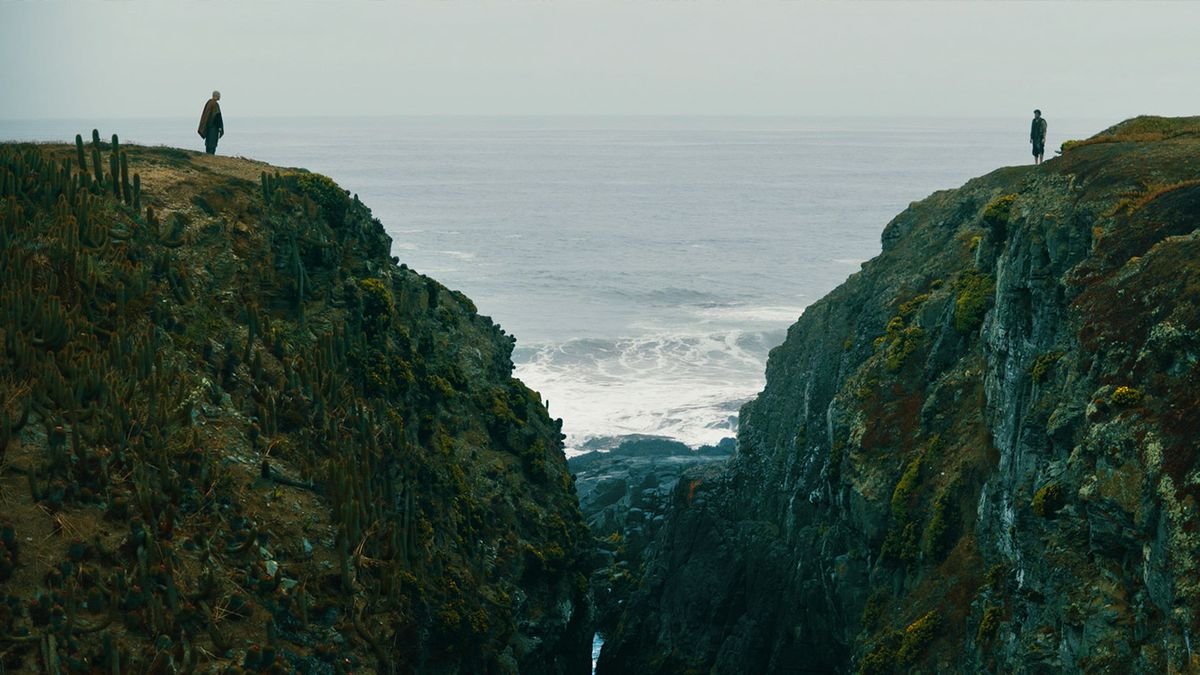
Image: Well Go USA Entertainment
But the beauty isn’t just found in the geography or the fight sequences: In beats of our hero looking at himself in a fractured mirror, or Ibieta racking focus to draw attention to meaningful objects like an empty birdcage, Fist of the Condor is full of small, spectacular choices.
But the action. The action!
The stunning opening fight sequence on a beach communicates the movie’s visual language and Zaror’s incredible athleticism all in one exhilarating five-minute sequence. One of the twin brothers, Guerrero, is challenged to a fight — he hasn’t fought for six years, a point punctuated by the calming waves of the ocean. Suddenly, his challenger sprints at him and flies into the air with his leg extended, setting up what looks to be a brutal kick to the head. Guerrero waits for the kick for what seems like an eternity, almost accepting his fate. Then, in a flash, he jumps up to meet the opponent, spinning in midair to block the kick with his left elbow, before slamming into his opponent’s jaw with a spinning backfist to knock him to the ground.
The fight all happens in an instant, but the fluid movements and the placement of the camera make it all extremely easy to follow. One flurry of punches followed by a spin kick is so audacious, Zaror might still be rotating in the air to this day.
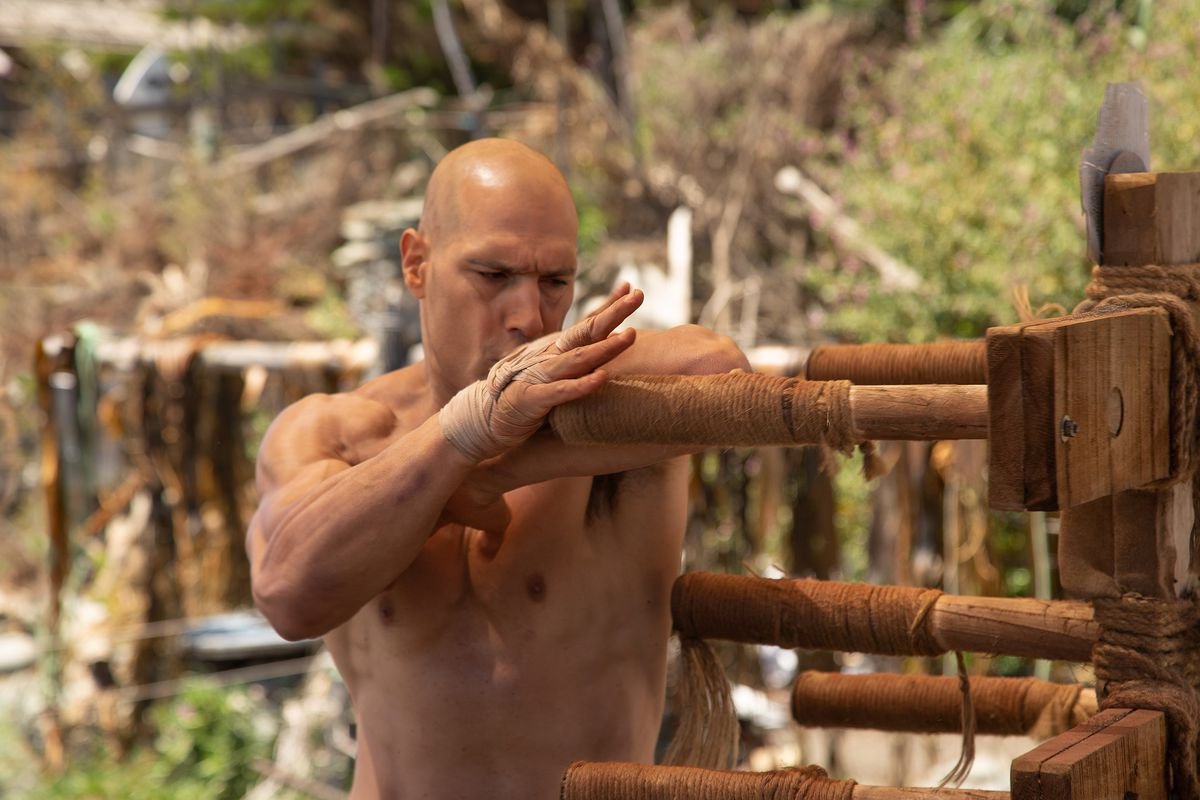
Image: Well Go USA Entertainment
Between splitting the drama into chapters with black-and-white intertitles, the visual approach, the fluid action sequences, and a relatively low-stakes central conflict, Espinoza wears his old-school Hong Kong inspirations on his sleeve (even if most of the characters forgo sleeves for bulging biceps). But for all the Bruce Lee movie DNA in Fist of the Condor, there’s also some First Blood (one of the twin brothers is a bit of a vagabond who gets picked on for being an outcast) and nods to the films of Western legend Sergio Leone (Claudio Rocco’s driving, propulsive score clearly draws inspiration from the work of Ennio Morricone).
At the end of the day, though, Fist of the Condor is the Marko Zaror show. And boy, does he deliver. The movie is at its best when it is a series of jaw-dropping fights, one after another, leaning on his incredible star power. As an actor, Zaror brings life and deep pain to the star-crossed brothers, and as a fighter and acrobat, he is unmatched. He seems to be able to alternate from raw animalistic movements to robotic, hypnotic defense (he calls it an “electrical impulse” in the movie) and balletic, gravity-defying spinning kicks that are simply poetry in motion.
There are few better cinematic kickers working today than Marko Zaror, and The Fist of the Condor knows it.
The Fist of the Condor will screen in select Alamo Drafthouse theaters on April 4, then stream exclusively on Hi-Yah! starting April 7.





























